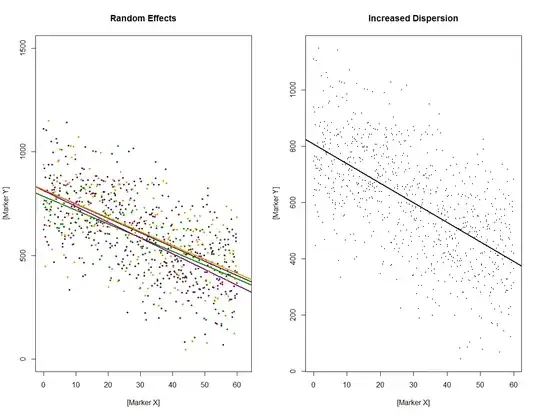I assume that this graph doesn't support the assumption of homoscedasticity. Am I right? Does it make sense to carry out another test to be sure?
y-axis: Regression Standardized Residual, x-axis: Regression Standardized Predicted Value, dependent variable: Score of a questionnaire measuring rage attacks, n=156
